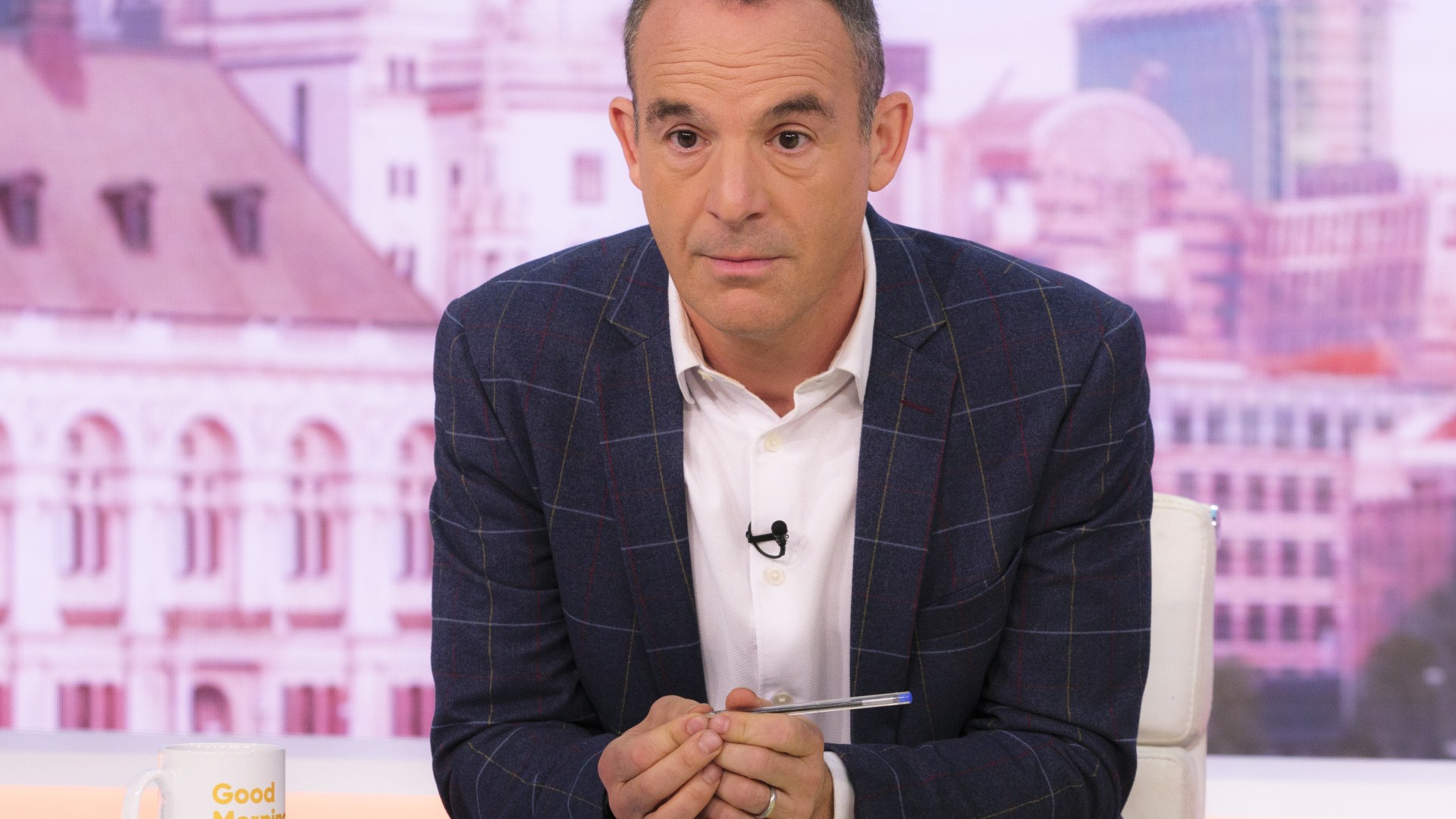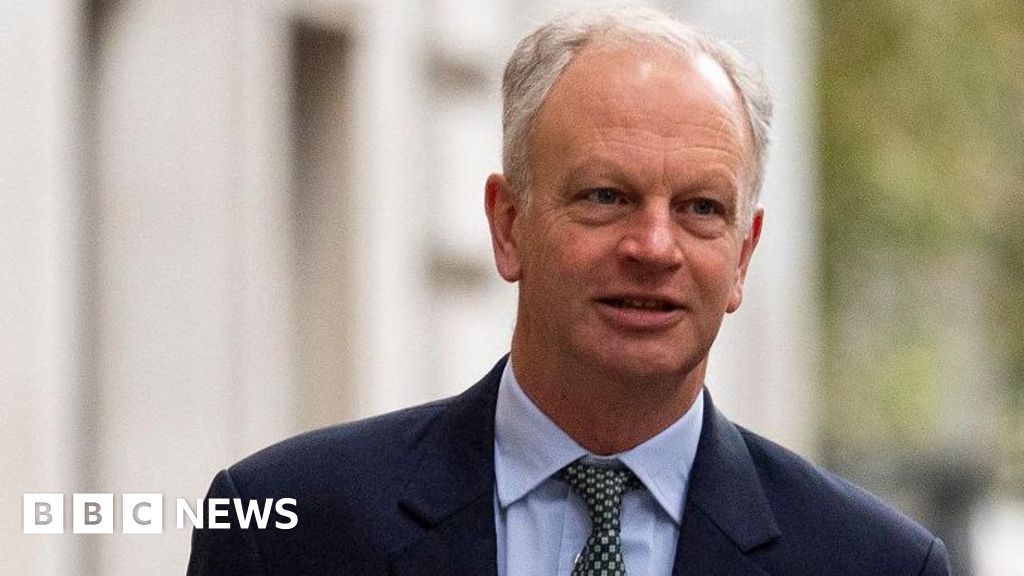DP World has shelved an announcement of a £1bn cash injection into its main London port on the eve of the UK’s international investment summit, triggering a row between ministers over who was to blame.
The Dubai-based company owns P&O Ferries, which was called a “cowboy operator” earlier this week by UK transport secretary Louise Haigh, a reference to its firing and rehiring of 800 staff two years ago.
The Labour government is banning such practices as part of its overhaul of employment laws set out in a bill on workers’ rights published this week.
DP World has been finalising plans to invest £1bn into its London Gateway container port in Essex, according to one person familiar with the matter.
Although the project is still likely to go ahead, people close to the company say, it is unlikely to be announced as part of UK Prime Minister Sir Keir Starmer’s international investment summit on Monday.
A report that DP World had delayed the announcement earlier on Friday in response to Haigh’s comments set off political recriminations, with divisions emerging at the highest level of government.
Within hours Downing Street was distancing itself from the transport secretary’s words. “Louise Haigh’s comments were her own personal view and don’t represent the view of the government,” said a Number 10 official.
“We continue to work closely with DP World, which has already delivered significant investment in the London Gateway and Southampton ports, to help deliver for the UK economy,” they added.
But another Whitehall figure said a press release on the government website that on Wednesday called P&O a “rogue employer” had been signed off by Downing Street in advance.
“It’s for the birds that they didn’t have sight of this from start to finish,” he said. “Also, various cabinet ministers have used language about P&O having been ‘rogue operators’ over the last two years. This is not something new.”
The Labour government’s investment summit on Monday is designed to show the world that Britain is “open for business”, with various other announcements from other companies.
One Dubai-based executive said Number 10 was wise to distance itself from Haigh’s comments, but insisted that DP World’s investment decisions were based on commercial realities rather than political barbs.
DP World had not managed to finalise internal reviews in time to coincide with the summit, the executive added.
Sultan Ahmed bin Sulayem, the chief executive of the conglomerate, was still planning to attend the conference on Monday, two people familiar with his plans said. A media report earlier on Friday had suggested he was going to cancel the trip.
Another person said Downing Street’s firm intervention would make it more likely that other representatives from big UAE investors — such as sovereign wealth funds — will attend the summit.
The argument highlights the tension between the government’s attempts to improve workers’ rights and its efforts to attract big business investments from around the world.
Another industry executive close to DP World said the company was still planning to invest in the expansion, adding that the development would be driven by business rather than politics. But it was now unclear whether the group wanted to announce this at the summit, the person added.
A UK government official said DP World was “driven commercially” and retained “big plans” for investment into the UK. The board oversight of the investment, which had been in the works for some time, was not in response to the comments, the official added.
DP World’s investments into the UK have formed a major part of the large deployment of capital into the country from the United Arab Emirates, which in 2021 signed a £10bn strategic bilateral investment partnership. The company declined to comment.
The new government’s flagship event has already been criticised by businesses over its poor organisation. Several CEOs due to attend have been left questioning whether to make the trip, the FT previously reported.


















































































































































You must be logged in to post a comment Login